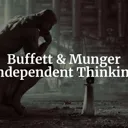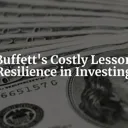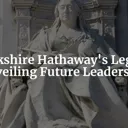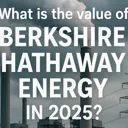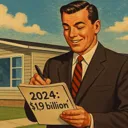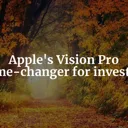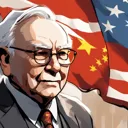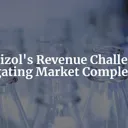Tags: History / Warren Buffett / Bonds
This fanpage is not officially affiliated with Berkshire Hathaway: Disclaimer
Let's jump back to 1987 to explore Berkshire Hathaway's bold Texaco bond acquisition, which yielded a remarkable 20% profit in just a year. Discover how Warren Buffett's strategic foresight navigated tumultuous times, alongside lessons learned from both triumphs and setbacks in the bond market landscape.
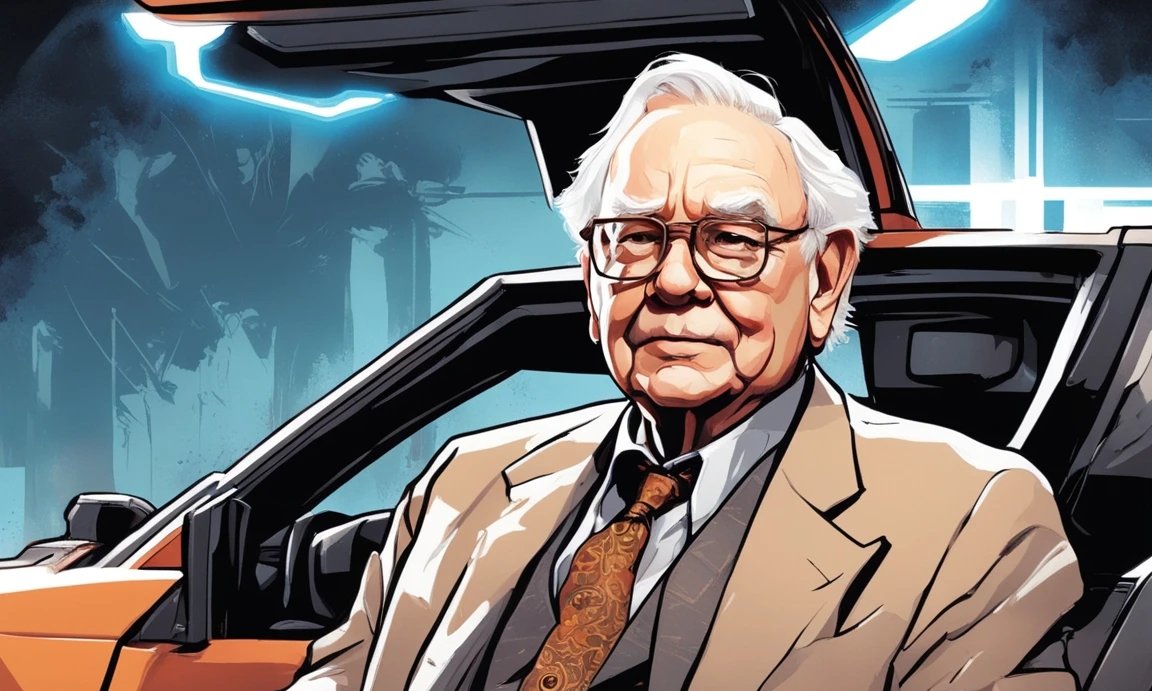
Introduction
In 1987, Berkshire Hathaway made a strategic investment that would later be hailed as a classic example of Warren Buffett's acumen in distressed debt investing. The acquisition of Texaco bonds during the company's tumultuous bankruptcy period showcased Buffett's ability to navigate complex financial landscapes with precision and foresight. Known for his bold and calculated investment decisions, Buffett saw an opportunity where others saw risk, leveraging Berkshire's strong capital position to make a move that would yield significant returns.
Texaco, once a titan in the oil industry and one of the "Seven Sisters" that dominated the mid-20th-century petroleum market, found itself embroiled in a legal quagmire. The infamous Pennzoil litigation led to a staggering $10.5 billion verdict against Texaco, marking the largest civil verdict in U.S. history at that time 3. This financial blow forced Texaco into bankruptcy in 1987, a move that was, until 2001, the largest in U.S. history 4. Amidst this backdrop of legal and financial turmoil, Buffett identified an opportunity in the distressed debt market that others had overlooked.
The Texaco bond investment serves as a compelling case study in the potential of distressed debt investing. Within a year, Berkshire Hathaway realized a 20% profit from this bold move, underscoring the importance of understanding intrinsic value even in the face of significant risk 2. This article delves into the intricacies of this investment, situating it within the broader economic context of the 1980s—a period marked by high interest rates and market volatility.
As we explore this pivotal investment, we'll also touch upon other strategic bond investments made by Berkshire Hathaway, including ventures with Harley-Davidson, Level 3 Communications, and Mars/Wrigley. These examples further illustrate the company's adeptness in navigating the bond market and its ability to capitalize on opportunities that align with its long-term investment philosophy.
The Texaco Opportunity
The legal and financial challenges that led to Texaco's bankruptcy filing in 1987 were monumental. The court ruling that Texaco owed $10.5 billion in damages to Pennzoil was a crippling blow, forcing the company to seek bankruptcy protection 4. This legal entanglement stemmed from a disputed buyout contract with Getty Oil, which Pennzoil claimed had been usurped by Texaco 3. As the dust settled, Texaco faced the daunting task of restructuring amidst one of the most significant bankruptcies of its time.
In this environment of uncertainty, Berkshire Hathaway saw potential where others saw peril. The acquisition of Texaco bonds was a calculated decision, driven by the belief that these bonds represented "by far the most attractive bond investment available" post-bankruptcy 1. Warren Buffett's confidence in this investment was bolstered by Berkshire's robust capital position, particularly its insurance business, which provided the financial stability necessary to weather potential risks 1.
The appeal of distressed debt investing lies in its potential for substantial returns, as demonstrated by the Texaco case. At year-end 1987, the book value of the Texaco bonds was recorded at $104 million, while their market value had risen to $119 million 1. This disparity highlighted the market's recognition of the bonds' intrinsic value, even amidst ongoing litigation and uncertainty.
| Metric | Value |
|---|---|
| Book Value 1987 | $104 million |
| Market Value 1987 | $119 million |
| Sell price 1988 | $126 million (estimated) |
| Profit | ~$22 million or ~20% |
Despite the risks, including the unresolved Pennzoil litigation, Buffett's strategy was rooted in a deep understanding of the intrinsic value of distressed assets. He believed that, even in a worst-case scenario, the bonds would be worth "about what we paid for them," with a sensible settlement likely to increase their value significantly 1. This conviction underscores the importance of thorough analysis and strategic foresight in distressed debt investing, lessons that continue to resonate in today's volatile market.
Let's dive into it!
Bold Moves in Distressed Debt, Learning from Mistakes: Energy Future Holdings
In the world of investing, distressed debt stands out as a high-stakes arena where fortunes can be made or lost. This strategy involves targeting companies teetering on the brink of bankruptcy, where investors purchase bonds at significantly reduced prices with the aim of gaining control and ultimately profiting from a turnaround. The allure of distressed debt investing lies in its potential for substantial returns, as debt holders have priority over equity holders in liquidation scenarios, and assets are often acquired for prices well below their intrinsic values 5.
Warren Buffett's Texaco bond purchase serves as a quintessential example of successful distressed debt investing. With his unparalleled expertise and the strategic acumen of Charlie Munger, Berkshire Hathaway navigated the complex landscape of distressed companies, demonstrating the necessity of experience and insight in this high-risk domain. Their success underscores the importance of a deep understanding of both the financial and legal frameworks that govern distressed entities.
However, this is not a playground for the uninitiated. Private investors, lacking the requisite knowledge and resources, are cautioned against venturing into distressed debt without expert guidance. As we will detail, the Energy Future Holdings debacle serves as a stark reminder of the potential pitfalls. This cautionary tale highlights the critical role of market conditions and timing, as well as the need for a comprehensive grasp of the distressed debt environment 7.
Berkshire Hathaway's investment in Energy Future Holdings is a poignant lesson in the challenges of distressed debt investing. In 2007, Berkshire acquired high-yielding bonds worth $2.1 billion, banking on a rise in natural gas prices to bolster the company's competitive edge. However, the anticipated price surge did not materialize. Instead, natural gas prices plummeted from $10-13 per BTU to around $3-4, leaving Energy Future Holdings struggling to repay its debt 7.
This unforeseen market shift resulted in a significant loss for Berkshire, which sold its holdings for a mere $259 million in 2013, translating to an $873 million pre-tax loss. Warren Buffett later described the purchase as a "sheer debacle," reflecting on the importance of seeking expert opinions and exercising caution with high-risk investments. His advice serves as a reminder that even the most seasoned investors can benefit from a second opinion.
The contrast between the Energy Future Holdings investment and the successful Texaco bond venture is stark. While the latter capitalized on strategic timing and market conditions, the former fell victim to unforeseen economic variables. This comparison highlights the inherent risks and unpredictability of distressed debt investing, reinforcing the notion that such endeavors are not for the faint-hearted.
Ultimately, the Energy Future Holdings experience underscores the importance of diligent research, expert consultation, and a keen awareness of market dynamics. As the investment landscape continues to evolve, these lessons remain invaluable for investors navigating the complex world of distressed debt.
Other Strategic Bond Investments
Berkshire Hathaway's strategic bond investments have been a testament to Warren Buffett's ability to identify opportunities where others see risk. One notable example is the $300 million loan to Harley-Davidson during the 2009 financial crisis. Facing a cash crunch, Harley-Davidson needed to cover approximately $1 billion in annual costs. Buffett, along with Davis Selected Advisers, provided a lifeline with a 15% annual interest rate over five years. This move not only secured Harley-Davidson's survival but also yielded a $150 million profit for Berkshire. Buffett once remarked, "I knew enough to lend them money; I didn't know enough to buy the equity," highlighting his preference for lending over equity purchases when market conditions are uncertain 6.
Another strategic investment was in Level 3 Communications, where Berkshire, along with Legg Mason and Longleaf Partners Funds, invested a total of $500 million in July 2002. The investment included $100 million from Berkshire in notes maturing in ten years at a 9% cash interest rate, convertible into stock at $3.41 per share. This move was driven by Buffett's belief in Level 3's strong financial backing and potential to capitalize on industry turmoil ↗. As Buffett noted, "Liquid resources and strong financial backing are scarce and valuable assets in today's telecommunications world. Level 3 has both" 8.
The Mars/Wrigley deal further exemplifies Berkshire's prowess in strategic bond investments. During the 2008 financial crisis, Buffett invested $6.5 billion to help Mars acquire Wrigley, purchasing $2.1 billion of Wrigley's preferred stock and $4.4 billion of its bonds with an 11.45% interest rate. This investment not only demonstrated Buffett's confidence in strong brands but also yielded substantial returns. Berkshire earned about $2.5 billion in interest over five years from the Wrigley bonds and realized a $680 million return when Mars repurchased the debt early. Further, Berkshire took in about $840 million in dividents over eight years etc. The total estimated gains from this investment amounted to $6.5 billion, doubling the initial outlay 9. Yes, Berkshire is always happy to help!
| Investment | Amount Invested | Interest Rate | Returns |
|---|---|---|---|
| Harley-Davidson | $300 million | 15% | $150 million |
| Level 3 Communications | $100 million | 9% | > $20 million (estimated) |
| Mars/Wrigley | $6.5 billion | 11.45% | $6.5 billion |
A common thread in these investments is the focus on strong brands and market positions. Buffett's preference for lending over equity purchases in certain situations underscores the strategic thinking and timing that have been instrumental in these successful investments.
It is a critical question whether Berkshire Hathaway might soon undertake another significant bond investment. After recent substantial stock sales ↗, the company now holds over $277 billion in cash reserves ↗. Let’s take a closer look at the current state of the corporate bond market.
The Current Bond Market Landscape
The current corporate bond market presents a complex landscape of yields and risks. Investment-grade corporate bonds are particularly attractive, offering average yields of 5% or more. These bonds present a relatively low to moderate credit risk, making them appealing to conservative investors seeking stability. The yield on ten-year investment-grade corporate bonds stood at 5.3% as of June 2024, compared to 4.2% for ten-year Treasury bonds, highlighting their attractiveness in the current market 10.
However, the high-yield bond market presents a different picture. With average yields between 7.5% to 8%, high-yield bonds offer substantial returns but come with elevated default rates and low spreads that do not adequately compensate for risks. The speculative-grade default rate rose to 5.8% by the end of April 2024, a stark increase from roughly 1% two years prior. This volatility necessitates caution, although long-term investors may still benefit from the high yields 10.
Preferred securities, while offering high yields, have seen their relative yields fall, with the yield advantage near the lowest since the 2008-2009 financial crisis. For high-income investors, preferreds may provide higher after-tax yields than high-yield bonds, given the tax advantages of qualified dividends. However, the relative yields are low, and investors must weigh the tax implications of ownership 10.
Given the current economic climate, Berkshire Hathaway might explore corporate bond investments, particularly in undervalued bonds. Potential interest rate cuts by the Federal Reserve could further influence bond investments, impacting yields and market dynamics. Maintaining a diversified investment portfolio remains crucial, balancing the risks and rewards of high-yield bonds and preferred securities with the stability of investment-grade corporate bonds.
With the Federal Reserve likely to cut rates soon 12, it will be interesting to see if Berkshire Hathaway seizes the opportunity to gain a stronger foothold in the corporate bond market.
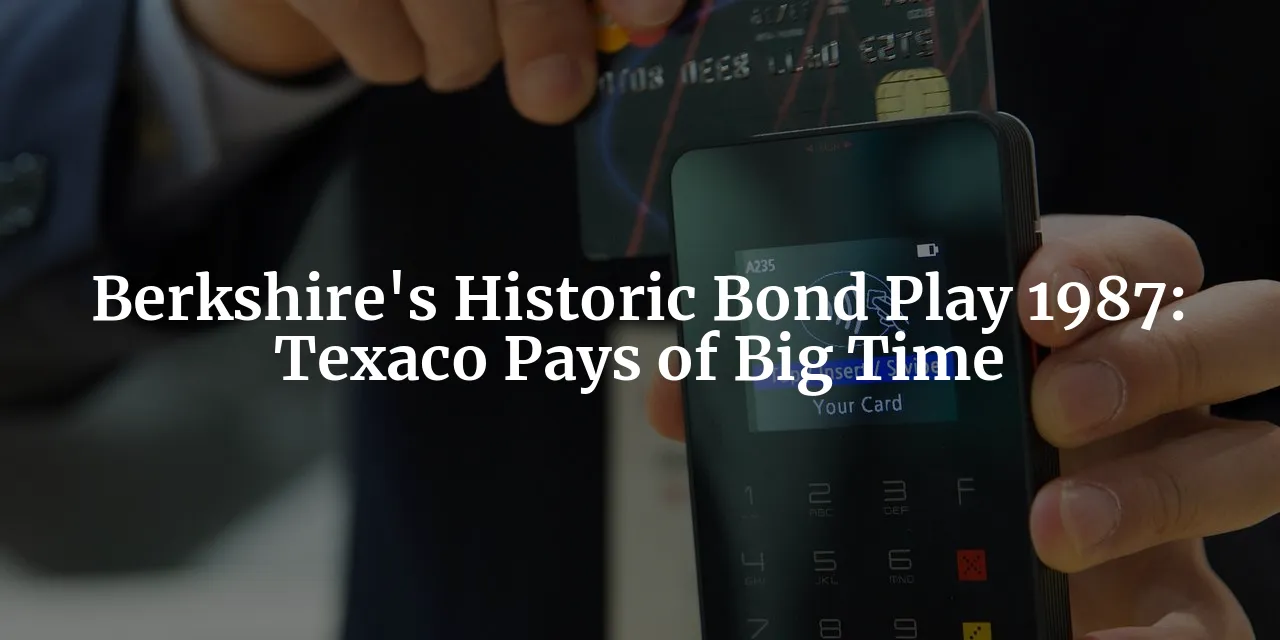
Conclusion
Berkshire Hathaway's strategic bond investments, particularly the Texaco case, exemplify the company's ability to identify and capitalize on opportunities in the distressed debt market. The successful acquisition of Texaco bonds during a time of significant turmoil not only yielded a 20% profit within a year but also underscored the importance of expertise, timing, and a deep understanding of market dynamics in making informed investment decisions. Warren Buffett's foresight in recognizing intrinsic value amidst chaos remains a hallmark of Berkshire's investment philosophy.
The Texaco investment serves as a powerful reminder of how bold moves can lead to substantial returns when backed by thorough analysis and a solid capital position. However, the experience with Energy Future Holdings illustrates the inherent risks involved in distressed debt investing. This contrast highlights the necessity of maintaining a cautious approach, as even seasoned investors can face challenges when external market factors shift unexpectedly.
Berkshire Hathaway's other strategic bond investments, such as those in Harley-Davidson, Level 3 Communications, and Mars/Wrigley, further reinforce the company's adeptness in navigating complex financial landscapes ↗. Each of these ventures showcases Buffett's preference for strong brands and market positions, as well as the importance of lending over equity purchases in uncertain times.
Looking ahead, the current bond market landscape presents both challenges and opportunities for Berkshire Hathaway. With investment-grade corporate bonds offering attractive yields and high-yield bonds providing substantial returns, the potential for profitable investments remains robust. As the Federal Reserve considers interest rate adjustments, Berkshire may find new avenues to explore in undervalued bonds, aligning with its long-term investment strategy.
As shareholders, it is crucial to appreciate the strategic thinking and bold moves that have contributed to Berkshire's enduring success ↗. By staying informed and engaged with the company's investment strategies, shareholders can better understand the complexities of the bond market and the potential for future growth. The lessons learned from both successful and unsuccessful investments will continue to guide Berkshire Hathaway as it navigates the ever-evolving financial landscape, ensuring that it remains a leader in the world of investing.
References
-
Chairman's Letter 1987 - www.berkshirehathaway.com ↩↩↩↩
-
Chairman's Letter 1988 - www.berkshirehathaway.com ↩
-
Texaco - Wikipedia - en.wikipedia.org ↩↩
-
Top 10 Bankruptcies - TIME - content.time.com ↩↩
-
How to Profit From Investing in Failing Company Debt - www.investopedia.com ↩
-
Warren Buffett loaned $300 million to Harley-Davidson during the financial crisis. Here's a look back at how he helped the motorcycle maker. - markets.businessinsider.com ↩
-
Warren Buffet’s 5 Investing Lessons You Must Know - www.equentis.com ↩↩
-
Level 3 Gets $500 Million Investment From Warren Buffett, Other Investors | CRN - www.crn.com ↩
-
Warren Buffett shelled out $6.5 billion to help Mars buy Wrigley during the financial crisis. Here's how he made the candy deal happen. - markets.businessinsider.com ↩
-
2024 Mid-Year Outlook: Corporate Bonds - www.schwab.com ↩↩↩
-
For reference, the movie was from 1985: Back to the Future - Wikipedia - en.wikipedia.org ↩
-
Fed seen nearly as likely to cut rates by 50 bps as 25 bps - www.reuters.com ↩


